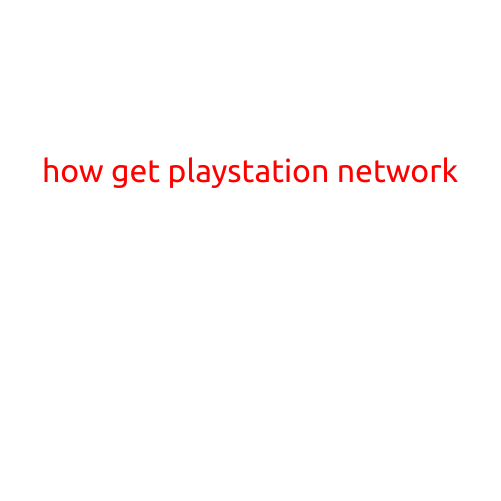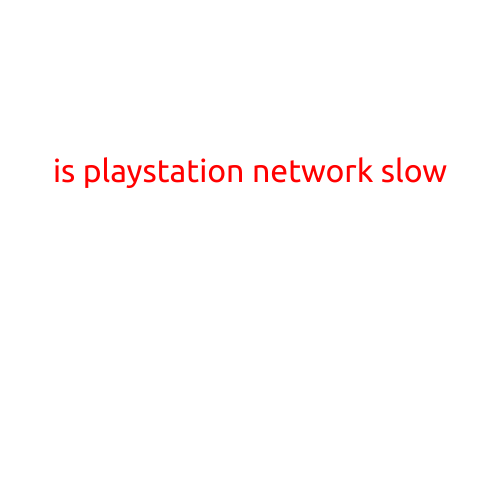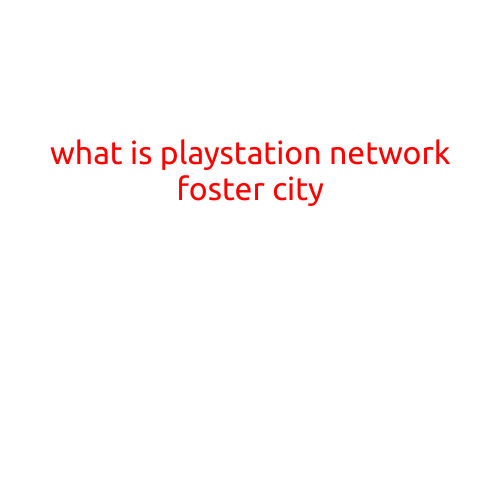
How was PlayStation Network Hacked?
In 2011, Sony’s PlayStation Network (PSN) was hacked, resulting in the theft of sensitive user information and temporarily disabling the network. The incident was one of the most significant data breaches in history, affecting millions of gamers worldwide. In this article, we’ll delve into the details of how the hack occurred, the consequences, and the lessons learned.
Background
In April 2011, Sony launched its PlayStation Network, allowing users to play games online, download content, and access various services. The network was designed to be secure, with robust firewalls and encryption measures in place. However, despite these security precautions, the PSN was still vulnerable to attacks.
The Hack
On April 16, 2011, unknown hackers gained unauthorized access to the PSN, exploiting a vulnerability in the network’s security. The hackers were able to steal sensitive user information, including:
- Usernames
- Passwords
- Email addresses
- Credit card numbers
- Security answers
The hackers also gained access to internal Sony networks, allowing them to compromise additional sensitive data.
The Aftermath
The hack was discovered on April 20, 2011, when Sony’s engineers noticed unusual activity on the network. Immediately, the company took steps to contain the breach, including:
- Disabling the PSN
- Disconnecting the network from the internet
- Conducting a thorough investigation
The fallout from the hack was severe:
- Over 100 million users were affected
- Sensitive user data was stolen and potentially sold on black markets
- The PSN was offline for several weeks
- Sony faced significant financial losses and reputational damage
The Investigation
The investigation into the hack was a complex and lengthy process. Sony worked closely with law enforcement agencies and cyber security experts to identify the hackers and determine the extent of the breach.
- The FBI and the U.S. Secret Service were involved in the investigation
- Sony worked with cyber security firms to analyze network logs and identify vulnerabilities
- The company implemented new security measures to prevent future breaches
Consequences
The consequences of the PSN hack were far-reaching:
- Sony faced a significant financial impact, estimated in the tens of millions of dollars
- The company’s reputation suffered, with many users losing trust in the PSN
- The incident led to major changes in the way Sony approached security and data protection
- The hack prompted the development of new regulations and standards for online security
Lessons Learned
The PSN hack serves as a cautionary tale for companies and individuals alike:
- Even the most robust security measures can be breached
- Sensitive user data must be properly protected and secured
- Regular security audits and Penetration Testing are crucial in identifying vulnerabilities
- Collaboration between companies, law enforcement, and cyber security experts is essential in responding to and preventing cyber attacks
Conclusion
The PlayStation Network hack was a significant event that highlighted the importance of online security and data protection. The incident serves as a reminder that even the most robust security measures can be breached, and that companies and individuals must remain vigilant in protecting their sensitive data.





